The Benefits of Storytelling and Reminiscence Therapy in Dementia Patients

Dementia affects millions of seniors worldwide, impacting memory, communication, and quality of life. While there’s no cure, various therapies can help improve well-being and preserve cognitive abilities. Among the most effective are storytelling and reminiscence therapy, which tap into long-term memory to spark joy, connection, and self-worth.
Both methods go beyond clinical care—they provide emotional and social enrichment for individuals living with dementia. This blog explores how storytelling and reminiscence therapy work for dementia patients, especially those in memory care, their proven benefits, and how families and caregivers can incorporate them into daily life.
What Is Reminiscence Therapy?
Reminiscence therapy involves encouraging individuals with dementia to talk about past experiences, typically from early life. This often includes:
- Looking at old photographs
- Listening to music from their youth
- Discussing past careers, hobbies, or family traditions
- Using objects or sensory items that spark memory
Rather than focusing on recent memory (which is often impaired in dementia), this therapy draws from long-term memory, which tends to remain intact longer.
What Is Storytelling Therapy?
Storytelling therapy gives individuals the chance to share stories, either real or imagined, in a structured way. It can be verbal, written, visual, or even musical.
In dementia care, storytelling:
- Encourages self-expression
- Offers cognitive stimulation
- Enhances communication, even for those with limited speech
It can be guided by caregivers, family members, or therapists, and may include personal narratives or group story-building sessions.
Why These Therapies Matter in Dementia Care
Both storytelling and reminiscence therapy serve essential roles in dementia support because they:
- Tap into preserved memory
- Build identity and self-esteem
- Reduce feelings of isolation
- Stimulate the brain in a gentle, engaging way
They are especially valuable because they focus on strengths, not limitations.
Proven Benefits of Storytelling and Reminiscence Therapy
The advantages of these therapies are wide-ranging. Below is a detailed look at the cognitive, emotional, and social benefits.
| Category | Benefits |
|---|---|
| Cognitive | Stimulates memory, improves recall, enhances verbal communication |
| Emotional | Reduces anxiety, boosts mood, enhances self-worth |
| Social | Encourages bonding with caregivers and peers, reduces isolation |
| Behavioral | Decreases agitation, improves cooperation in care activities |
| Quality of Life | Provides purpose, joy, and personal validation |
Cognitive Benefits
1. Strengthens Long-Term Memory
Reminiscence therapy activates older, well-preserved memories that may still be intact even in later stages of dementia.
2. Improves Verbal Skills
Storytelling allows seniors to practice sentence construction, word recall, and expressive language in a natural way.
3. Promotes Mental Stimulation
Revisiting old stories and creating new ones gives the brain a gentle “workout,” helping slow cognitive decline.
Emotional and Psychological Benefits
1. Reduces Depression and Anxiety
Talking about happy memories and achievements fosters a sense of joy and calm. It can also replace frustrating attempts to recall recent events.
2. Enhances Self-Esteem
Being listened to and validated reminds individuals they still have a voice and value, even as memory fades.
3. Reinforces Personal Identity
Dementia can blur a sense of self. Storytelling and reminiscence help seniors connect with their history, restoring a sense of “who I am.”
Social Benefits
1. Fosters Connection
Sharing stories builds relationships—whether with caregivers, peers, or family. It encourages emotional closeness.
2. Encourages Group Participation
In group settings, storytelling prompts laughter, empathy, and camaraderie. Seniors often find shared experiences that unite them.
3. Improves Communication with Caregivers
When caregivers understand more about a resident’s past, they can personalize care and build stronger rapport.
Practical Ways to Implement Storytelling and Reminiscence Therapy
Here are simple strategies that families, caregivers, and communities can use to engage individuals with dementia:
1. Create a Memory Box
Fill a small container with meaningful items: photos, old letters, medals, fabrics, or souvenirs. Use these items as prompts for conversation.
2. Use Music as a Trigger
Play songs from their youth or special occasions. Music often sparks deep emotional memories and may lead to spontaneous storytelling.
3. Make a Life Storybook
Work together to compile a scrapbook with pictures, quotes, and timelines from their life. Read through it regularly and add to it over time.
4. Tell and Build Stories Together
Use photos or artwork to inspire group storytelling sessions. Prompt them to describe what’s happening in the picture or “imagine” what the people might be saying.
5. Host Themed Reminiscence Days
Design days around specific decades, holidays, or milestones. Include decorations, food, and attire that relate to that time period.
Ideal Settings for These Therapies
While reminiscence and storytelling can be done at home, they are especially powerful in:
- Memory care communities
- Adult day programs
- Group therapy sessions
- One-on-one caregiver interactions
In structured settings, trained staff can tailor sessions to a resident’s stage of dementia, cultural background, and personal interests.
How to Handle Difficult Memories
Sometimes, revisiting the past brings up painful experiences. Here’s how to manage these moments with care:
- Validate emotions without pushing them aside
- Gently redirect to more positive topics if distress continues
- Be patient—allow them to express themselves fully if they wish
- Offer comfort items like a soft blanket, hand to hold, or soothing music afterward
Not every story is happy, but every story matters.
Reminiscence Therapy vs. Reality Orientation
It’s helpful to distinguish between these two approaches:
| Aspect | Reminiscence Therapy | Reality Orientation |
|---|---|---|
| Focus | Reflecting on the Past | Keeping oriented to the present |
| Tone | Supportive, validating | Directive, fact-based |
| Best For | Moderate to advanced dementia | Early-stage dementia or mild cognitive impairment |
| Example | “Tell me about your wedding day.” | “Today is Monday. We’re in your room here at The Cottage at Litchfield Hills.” |
Reminiscence is generally more comforting in mid-to-late-stage dementia, while reality orientation is more appropriate earlier on.
The Role of Caregivers and Family Members
Families and caregivers play a vital role in making these therapies effective. Here’s how you can help:
- Be present and attentive
- Ask open-ended questions like “What was your favorite vacation?”
- Avoid correcting inaccuracies—it’s about connection, not facts
- Celebrate small breakthroughs—a smile, a memory recalled, a story shared
Consistency and genuine interest make a lasting impact.
Final Thoughts
Storytelling and reminiscence therapy are not just memory exercises—they are powerful tools for dignity, connection, and joy. For individuals living with dementia, these practices tap into the heart of who they are. Through stories, laughter, and shared memories, we can help preserve identity and enrich daily life in a way no medication ever could.
At The Cottage at Litchfield Hills, we understand the importance of meaningful engagement. Our memory care services incorporate personalized reminiscence and storytelling activities that honor each resident’s unique journey. Contact us to learn how we can support your loved one with compassion and creativity.
Frequently Asked Questions
What stage of dementia is reminiscence therapy most effective for?
Reminiscence therapy is particularly effective for individuals in the middle to late stages of dementia, where long-term memory remains more accessible than short-term memory.
Do I need to be a trained therapist to do this with my loved one?
No. Family members and caregivers can engage in storytelling and reminiscence therapy. All you need is patience, curiosity, and a desire to connect.
Can storytelling help if my loved one has trouble speaking?
Yes. Even nonverbal individuals may respond through gestures, facial expressions, or emotions. You can also use pictures, music, or touch-based prompts to engage them.
Sources:
- https://www.sciencedirect.com/science/article/pii/S0197457221003347
- https://pmc.ncbi.nlm.nih.gov/articles/PMC10500921/
- https://jamanetwork.com/journals/jama/fullarticle/2819153
- https://pmc.ncbi.nlm.nih.gov/articles/PMC12188979/
- https://www.ncbi.nlm.nih.gov/books/NBK552152/
- https://www.durham.ac.uk/research/current/thought-leadership/2023/03/why-does-music-bring-back-memories-what-the-science-says/






